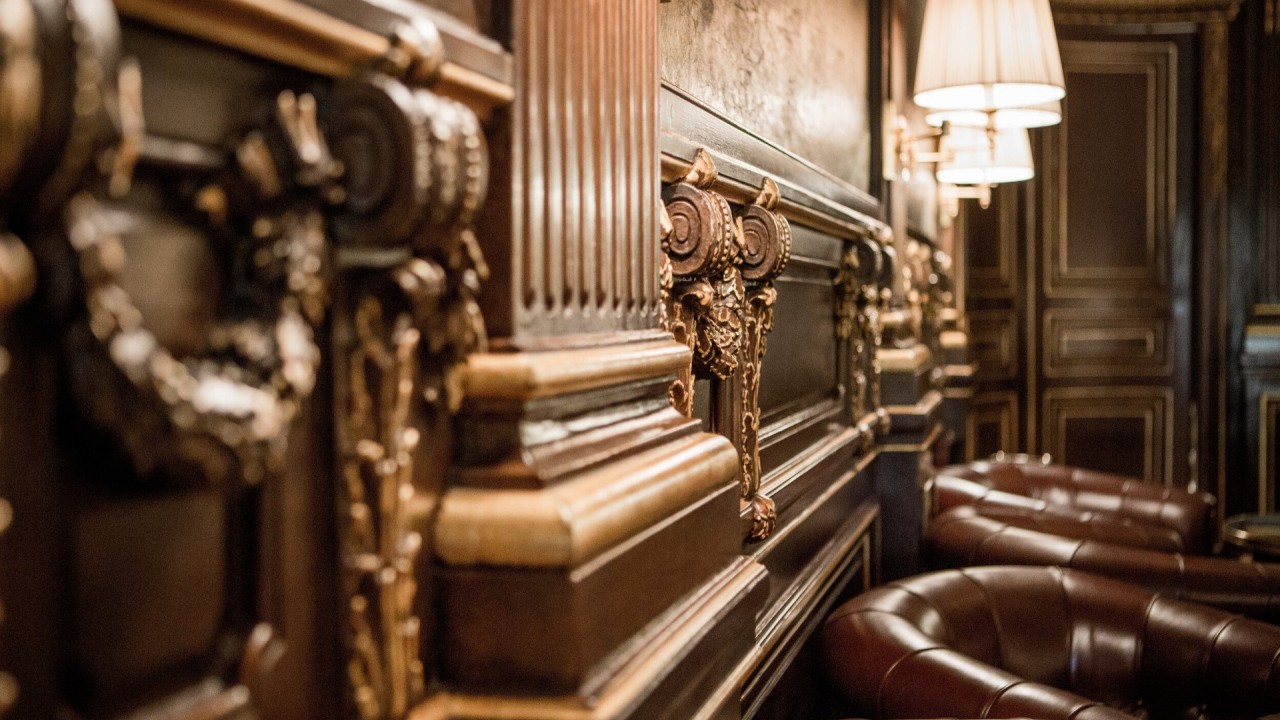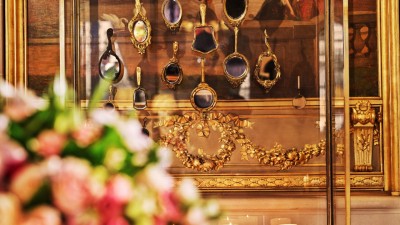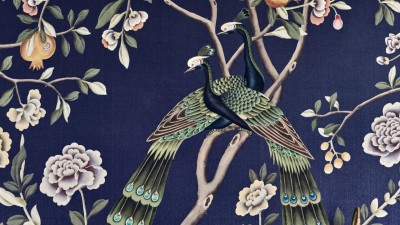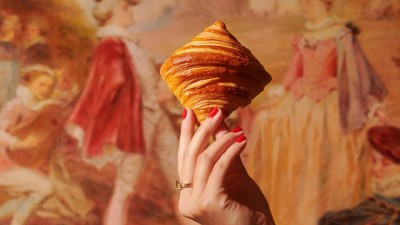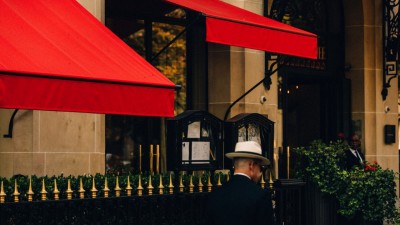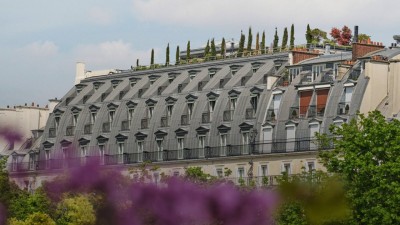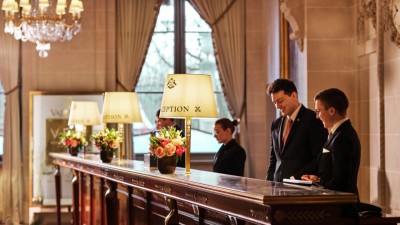Le Meurice is not merely a place to stay; it is a narrative woven into the cultural tapestry of Paris. For nearly two centuries, it has served as a grand stage for artists, aristocrats, and travelers, evolving from a simple hotel for English visitors into an enduring symbol of Parisian art de vivre.
The Vision of Charles-Augustin Meurice
The story begins in 1835, when Charles-Augustin Meurice opened a hotel that would cater specifically to British travelers journeying to Paris. Having already established a hotel in Calais, he understood their needs and desires. His vision was to create a "hotel for the English" that offered a familiar comfort and refined service, planting the seed for what would become a Parisian institution.
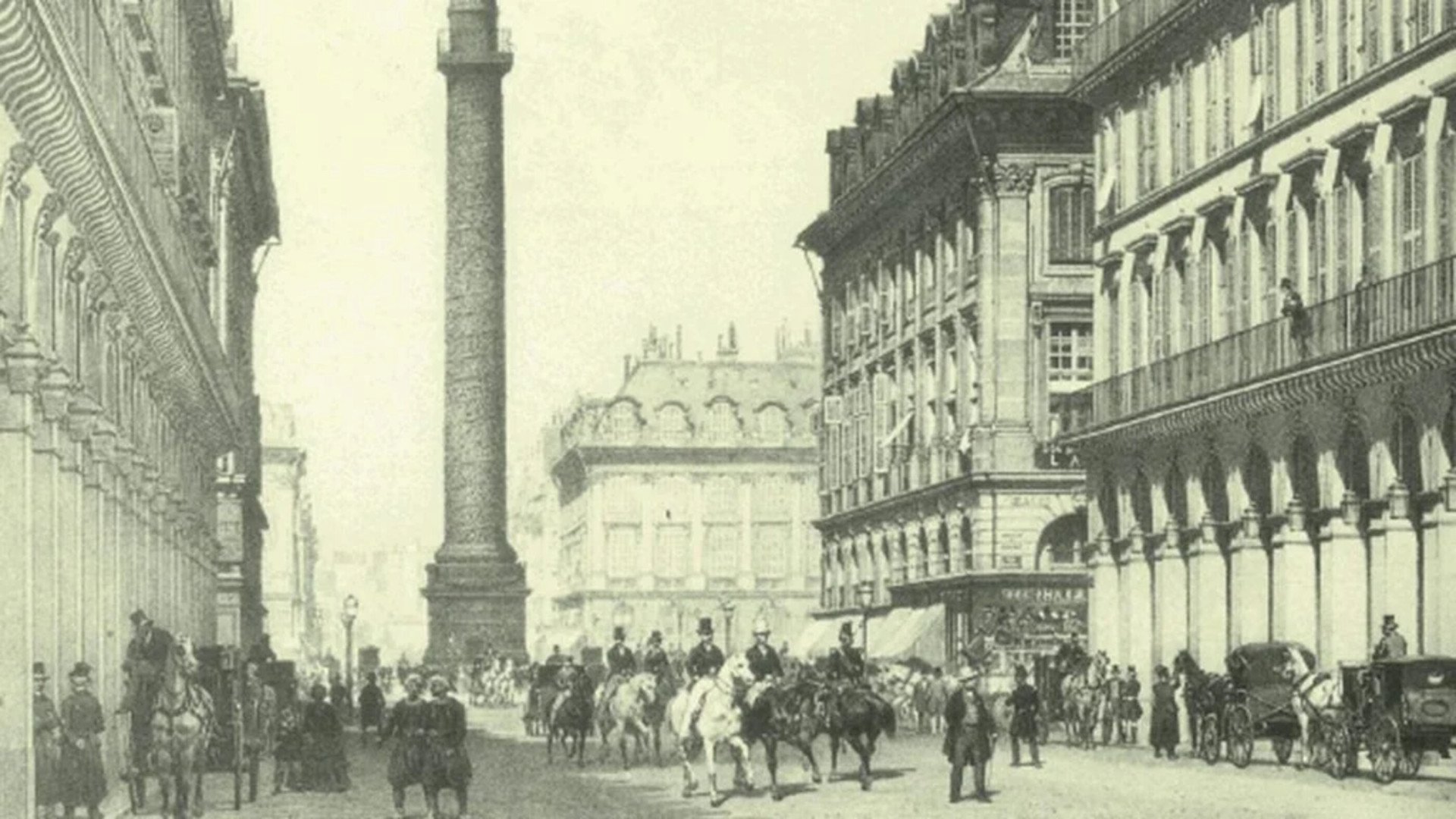
A Home for Icons: Dalí, Picasso, and the Artistic Circle
While Le Meurice always attracted discerning guests, its destiny as an "artist's palace" was sealed in the 20th century. The most flamboyant of its residents was undoubtedly Salvador Dalí, who spent every winter there for over three decades. His presence imbued the hotel with a surrealist spirit—he was known for his eccentric requests and theatrical arrivals, making the lobby his personal stage.
But Dalí was not alone. In 1918, Pablo Picasso chose the hotel's opulent Salon Pompadour to host his wedding banquet for his marriage to the ballerina Olga Khokhlova. This event cemented Le Meurice's status as the preferred gathering place for the creative avant-garde, a haven where art was not just displayed on the walls but lived and breathed in its halls.
Evolving Elegance: Renovations and a Mascot Named Gaby
As Paris modernized, so did Le Meurice. In 1907, under the ownership of Arthur Million, the hotel underwent a major expansion. It was during this renovation that a charming chapter unfolded: the builders adopted a stray greyhound. Named Gaby by the staff, the dog was so beloved she became the official hotel mascot and emblem, a testament to the property's warm and personal character amidst its grandeur.
A Modern Masterpiece: The Touch of Philippe Starck
The hotel's most significant modern transformation came in 2007, when it enlisted the esteemed designer Philippe Starck for a comprehensive renovation. Rather than overwriting the hotel's history, Starck chose to celebrate it. He drew direct inspiration from Salvador Dalí's creativity and playfulness, introducing surreal and whimsical elements that conversed perfectly with the 18th-century classical foundation. This bold fusion of old and new redefined palace luxury for the 21st century.
Culinary Royalty: The Era of Alain Ducasse and Cédric Grolet
No history of Le Meurice would be complete without its culinary journey. In 2013, the multiple Michelin-starred chef Alain Ducasse took over the helm of all dining, elevating the hotel's gastronomic offerings to legendary status. His two-star restaurant within the hotel became a destination in itself. This culinary excellence was further amplified by the arrival of pastry chef Cédric Grolet, whose innovative and artistic desserts have earned him global acclaim and the title of "The World's Best Pastry Chef." Together, they have made Le Meurice a beacon for food lovers worldwide.
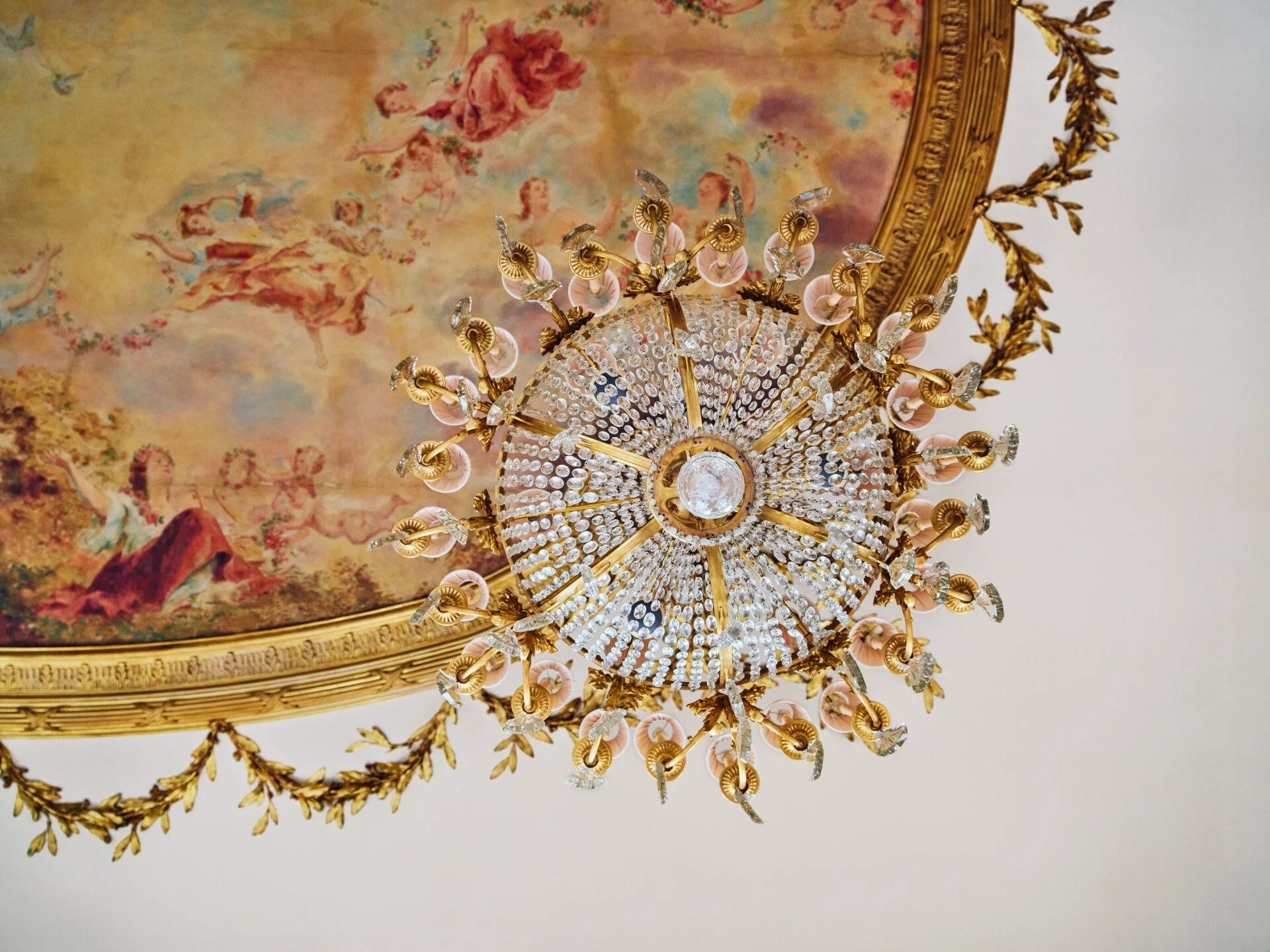
More Than a Hotel: A Living Piece of Parisian History
From its strategic location opposite the Tuileries Garden to its role in the lives of iconic artists, Le Meurice has consistently been more than just a hotel. It is a witness to and a participant in the story of Paris itself. It's a place where history is not locked away in display cases but is a living, breathing presence in every beautifully appointed room, every exquisite meal, and every personalized service. To stay at Le Meurice is to become a part of its ongoing, illustrious narrative.
This rich history is filled with incredible anecdotes. For more, don't miss our list of 18 fascinating facts that define Le Meurice.
Photos courtesy of Le Meurice.
